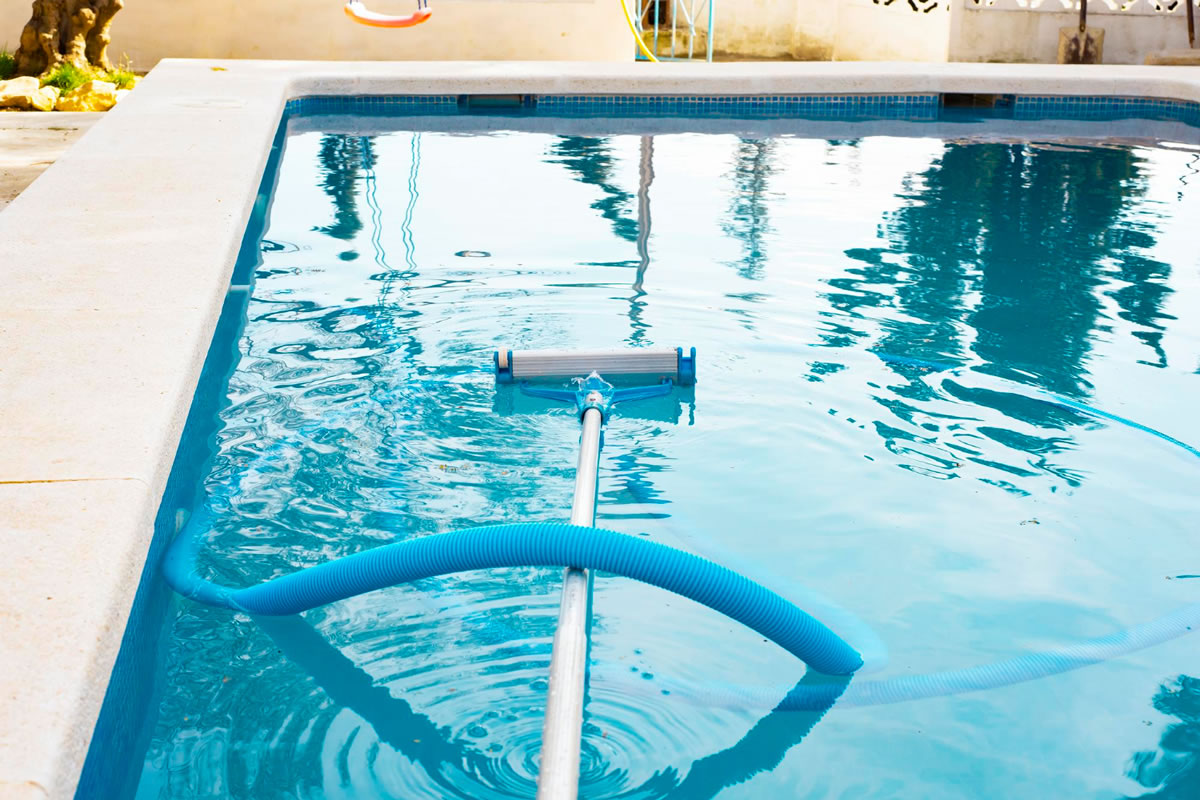Maintaining Saltwater Swimming Pools

So, you have or are contemplating getting a saltwater pool. Some of the benefits of these pools are that salt water pools demand less handling of harsh chemicals like chlorine. Saltwater is better for your skin, hair, and clothes, and it also eliminates the rises and drops in chlorine levels from shocking the pool. However, our experts on pool renovation in Orlando want to remind you that saltwater pools require different maintenance steps than traditional chlorine pools.
Maintaining your saltwater pool
There are steps to take daily, weekly, monthly, and quarterly to care for your saltwater system.
Daily
You should make a habit of inspecting your pool every day, even if it's just a quick look to make sure everything is okay. You should:
- Quickly skim off any observable debris in the pool.
- Make sure the skimmer basket is clear, and empty your pump basket.
Weekly
At least twice weekly, you should clean your pool. If you have an uncovered pool in an area with heavy trees, you may need to do so more often. In addition:
- Net the pool surface to clear leaves and debris.
- Run a pool vacuum for 45 minutes to an hour, either by hand, or save time by purchasing an automatic pool cleaner.
- Check that your pump and filter are running accurately.
- Check the water chemistry and balance. Use test strips or a drop kit to confirm that the pH is in the ideal range and the free chlorine level is accurate.
- Rinse off the pump, filter, and skimmer with a garden hose.
Monthly
You should test and check additional levels every month:
- You should check salt levels to ensure they are within the range established by the manufacturer. You can boost them simply by adding more salt. Try not to depend on the salt chlorinator's automatic reading. The salinity level should stay between 3000 and 3500 ppm. You can also check this by using a saltwater test kit.
- Stabilizer levels should be 70-80 ppm for outdoor pools and 0-30 ppm for indoor ones. When they are too high, add fresh water. When too low, add cyanuric acid.
- Calcium should stay between 200 to 400 ppm. Elevated calcium keeps the pool from being cloudy, whereas low calcium causes etching in plastered pools.
Quarterly
Manufacturers suggest that you inspect your salt cell every three months, while your chlorinator generally has an alert.
- Remove your salt cell and visually inspect it for scale buildup and debris.
- If you notice any deposits, flush the cell with a high-pressure hose. If that doesn't suffice, scrape it with plastic or wood. The last resort is using a mild acid wash with a 4 to 1 ratio of water to muriatic acid. Always put the acid in the water, not the other way around. Soak your cell in the acid for a few moments, then rinse it with the hose.
- Once the cell is checked and clean, reinstall it.
We hope this post helps you understand how to maintain your saltwater system. If you do not feel comfortable with these steps, call a pool cleaning service to do the job for you. Contact us today for more information on pool renovation in Orlando. We are here to make your pool better.